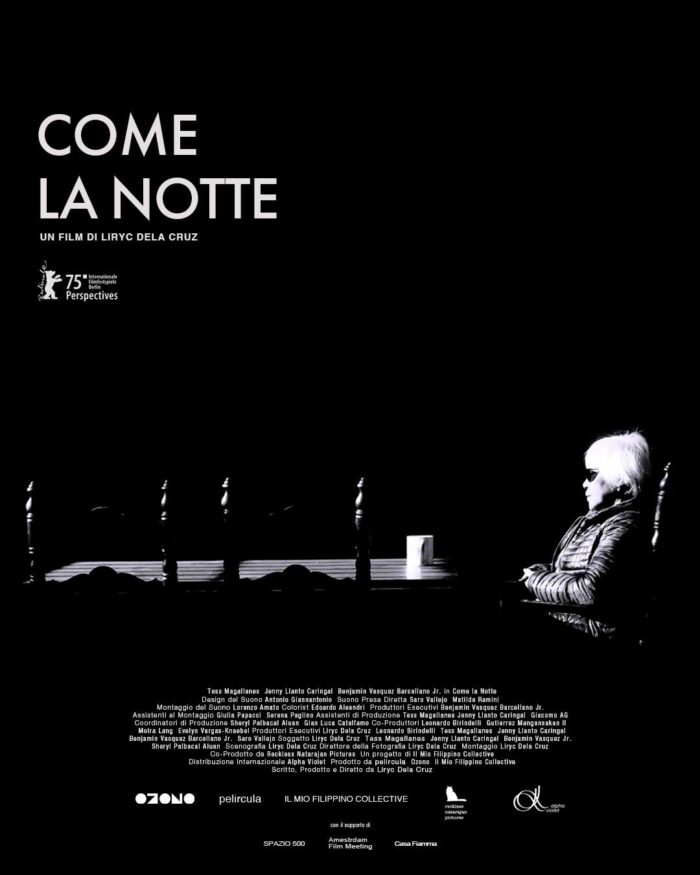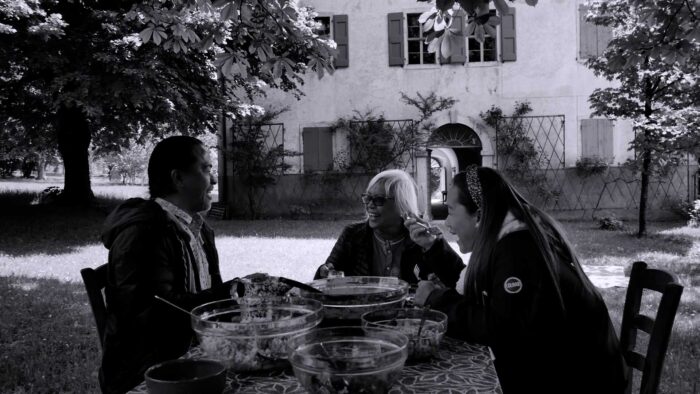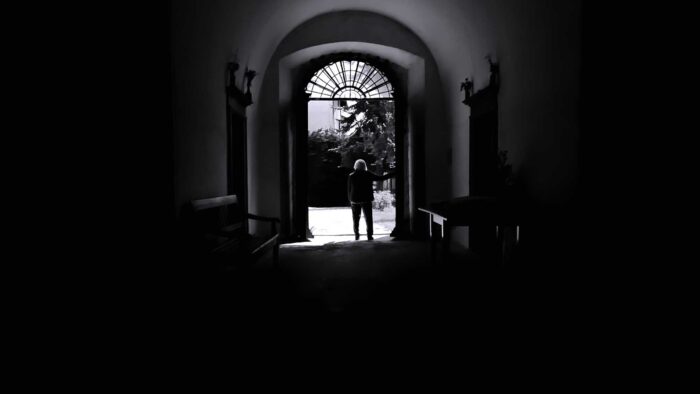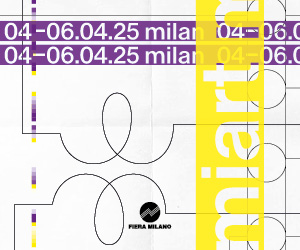From Rome To Tupi
On the idea of a “national” cinema
Come la Notte, a film by Liryc Dela Cruz, is part of the official selection of the 75th Berlin International Film Festival, competing in the Perspectives section.
“Do you consider this as an Italian film? Do you already have an Italian passport?”
“Amoooo, I am from Rome…Roma Est! And this is an Italian film, a Filipino film! There are no nations in k-hole!”
“Evviva!”
“DAJE ROMA DAJE!”
This toilet conversation on that euphoric night about the question and hesitation on whether Come la Notte (Where the Night Stands Still) is an “Italian film,” based on the notion that the people behind it are not “real” or “pure” Italians reveals deeper tensions surrounding identity, belonging, and the very idea of national cinema. It made me pose questions like: What defines an “Italian” film today? What does cinema mean in a world shaped by migration and displacement? And why does the question of national identity seem so distressing, particularly in the current political climate? The concept of “national cinema” has always been fluid, shaped by cross-cultural encounters, migrations, and shared human experiences. Revered globally, “Italian” cinema has long been a mosaic of influences, from the neorealist streets that captured the struggles of ordinary people to the fantastical worlds of Fellini. Yet the confusion whether to consider Come la Notte as “Italian” rests on a narrow understanding of tradition, one that grasps to a static vision of identity rather than acknowledging the dynamic, evolving realities of what is a “nation,” nationality, and representation.

While rooted in the Filipino experience, this film unfolds within very “Italian” spaces and is profoundly shaped by Italy’s socio-political structures. The identity of Il Mio Filippino nor the appellative Filipina/o, Filippina/o, Philippine, Filipineza, that forms the backbone of the narrative, did not originate in the Philippines but was shaped and cemented on Italian soil and other European territories. It emerged from the intersections of powerful and exploitative labor systems, racial capitalism, and the experiences of Filipino workers navigating the demands of care, hospitality, and survival in a foreign land. To consider this story as detached from “Italian culture” is to ignore the reality that these lived experiences were molded in Italy, shaped by its policies, its history, and its people. This is not solely a Filipino story; it is a shared experience, an entanglement of histories and identities forged in the same space. This dissent mirrors broader issues surrounding citizenship and belonging, particularly in Italy. Despite decades of contributions by immigrants to the nation’s labor, economy, and culture, Italy continues to deny recognition to those whose lives are deeply intertwined with its fabric. The persistent refusal to reform citizenship laws reflects an outdated attachment to bloodline over shared lived experiences. It is a refusal to embrace the Italy of today, preferring instead to preserve an imagined past of cultural purity. This reluctance to adapt does not protect culture, it stifles it. The insistence that an “Italian film” must be directed by an Italian-born filmmaker or must center ethnically-recognizable features of supposedly “Italian” characters reduces cinema to a tool of exclusion rather than expression, and presupposes a monolithic idea of identity. It also exposes a troubling double standard: no one questions the Italian identity of films by celebrated directors who explore universal themes without focusing solely on Italian characters or settings.

This reluctance is symptomatic of a broader atmosphere in Italy, where fears of cultural dilution, and a resurgence of neo-fascist ideologies feed into the preservation of rigid boundaries around identity. The desire to cling to a mythical, homogenous “Italian tradition” parallels the political climate that seeks to reassert exclusionary policies and maintain control over who can belong and whose stories matter. Such anxieties reflect not strength but fragility: a fear of confronting Italy’s post-colonial realities and the multiplicity of voices that now shape its cultural and social identity. The lived experiences of migrant workers, as portrayed in Come la Notte, challenge this vision of purity. They reveal a shared, co-created reality born at the intersections of migration, labor, and survival. The Filipino identity in Italy is not an external force but a part of the Italian story, a product of its labor market, its politics, and its shifting demographics. The film asks us to see beyond boundaries, to recognize how cultures converge and how new forms of belonging are forged.

But it is also about something larger: a global condition. It is about power, exclusion, and who gets to tell the stories of our time. It is about the condition of those who are always at the margins, who work in the shadows, whose labor sustains the very societies that refuse to fully acknowledge them. This is not just an “Italian” question, it is an international one, tied to histories of empire, class, and capital. Who gets to claim a nation? Who gets to be seen as essential, and who remains disposable? These questions echo from the domestic worker in Hong Kong to the undocumented laborer in Los Angeles, from the food delivery driver in Berlin to the abused trans sex workers in Madrid, from the African miner in France to the migrant farmer in the fields of southern Italy. To speak of national identity today without speaking of labor, migration, and class is to engage in a fiction far greater than any cinema could produce. This debate also speaks to a larger crisis in the arts, where tradition is often upheld as a shield against change. But like culture, cinema is not static. To define a “national” cinema in rigid terms is to ignore its potential for evolution and experimentations. Films like Come la Notte expand the definition of Italian cinema, reflecting the realities of a diverse, multicultural nation grappling with its identity. It is through such stories that cinema grows, remaining relevant to the complexities of our time. Ultimately, the discussion around Come la Notte is about more than cinema. It is about what kind of “Italy” we imagine for the future. Will it be a nation that embraces the stories of those who labor, live, and dream within its borders, or one that retreats into nostalgia and exclusion? The film holds a mirror to this nation, asking it to confront its present; a present shaped not only by tradition but by migration, resilience, and the shared struggles of humanity.

At its essence, cinema is an act of witnessing. It captures the complexities of humanity, transcending national borders to tell stories that resonate universally. It is one of the few places where the invisible can be made visible, where those who have been excluded from history can reclaim space. But the attempt to define who belongs and who does not in cinema reflects the same mechanisms of control that dictate migration policies, citizenship laws, and the limits of political recognition. To deny that a film like Come la Notte can belong to Italian cinema is to reaffirm a world where belonging is reserved for the privileged few, where the contributions of the many are erased in favor of a selective, nostalgic narrative. But history does not work this way, and neither does cinema. Cinema moves, transforms, and reshapes itself, just as people do. It is not fixed in place, and neither is identity. In this movement, we find resistance. We find possibilities. We find the truth of the world as it is, not as it is imagined to be.

“Amooo, I think I need another line!”
“Vai! Vai! Vai! Where have you been?”
“Boh. Locri… Now, I want to return to the house where I grew up in Tupi (Mindanao, Philippines). Maybe, I’ll catch my mother and my sisters there this time.”



